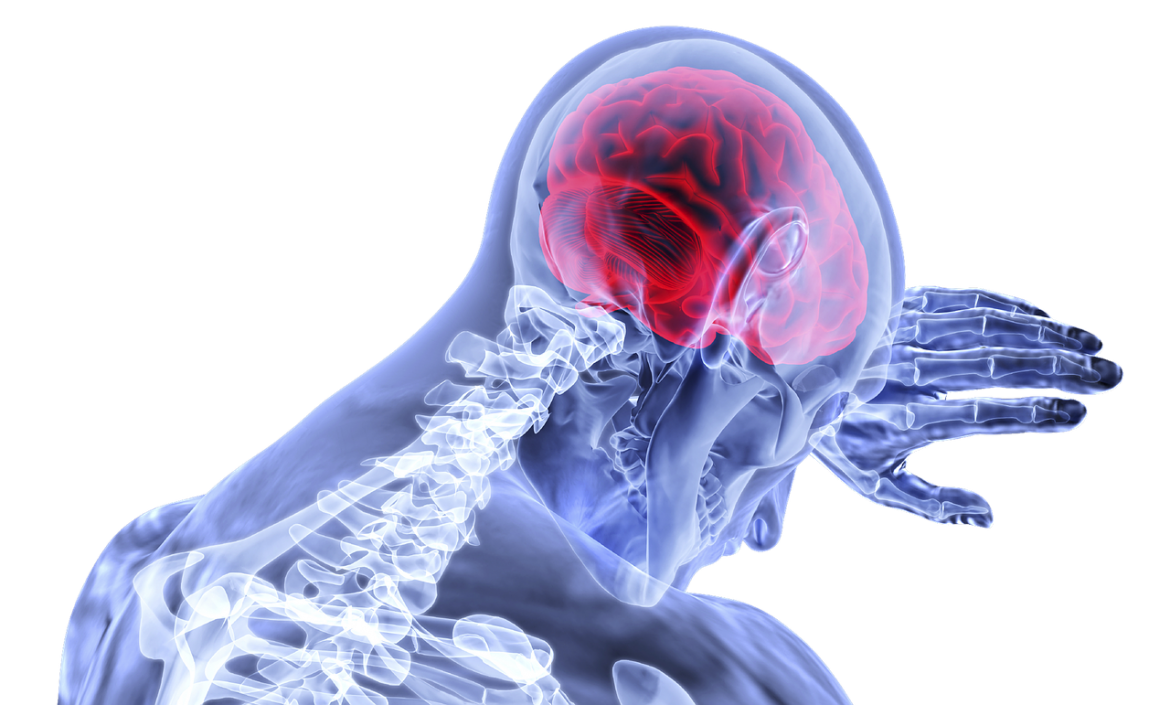For most of our clients who present with the postural distortion pattern known as upper crossed syndrome, it is important, perhaps absolutely necessary, to include thoracic spinal joint mobilization technique into extension as part of the treatment plan to address the thoracic hyperkyphosis.
How Can Tight Hip Flexors Give You a Headache?
Tight hip flexor musculature causes excessive anterior tilt of the pelvis… hyperlordosis of the lumbar spine… hyperkyphosis of the thoracic spine… hypolordosis of the lower neck with hyperextension of the head at the atlanto-occipital joint… forward head carriage… tight posterior neck muscles… headache.
Signs, Symptoms, and Assessment of Upper Crossed Syndrome
The first and most obvious sign of upper crossed syndrome (named by Vladimir Janda) is the characteristic postural dysfunction of protracted scapulae, medially (internally) rotated humeri, hyperkyphotic (overly flexed) upper thoracic spine, and a protracted (anteriorly held) head.



